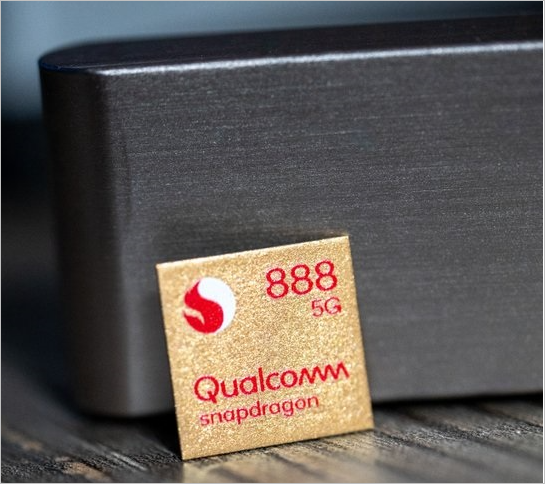Samsung Electronics, Qualcomm Technologies, and Verizon managed to reach 5G upload speeds of 711 Mbps in a lab trial using aggregated bands of mmWave spectrum – the fastest ever for the three. The trio has continued to push the very boundaries of 5G using innovation to achieve more and more from the revolutionary technology.
The record was achieved by combining 400MHz of Verizon’s 5G mmWave frequency and 20MHz of 4G frequency using the latest 5G technologies, including mmWave carrier aggregation and Single-User MIMO (SU-MIMO). Samsung’s contribution was a 28GHz 5G Compact Macro, while the test device was powered by Qualcomm’s flagship Snapdragon X65 5G Modem-RF System.

Samsung’s Compact Macro combines a baseband, radio, and antenna in a single physical factor to deliver 5G mmWave. This tiny and lightweight solution may be easily installed on the sides of buildings as well as on utility poles for the rapid 5G deployment.
The Snapdragon X65 is Qualcomm’s fourth-generation 5G mmWave Modem-RF System for phones, mobile broadband, computers, etc. The first mobile devices with it are expected to go live in late 2021. Current smartphones make use of the Snapdragon X60 5G modem.

The implication of the 711mbps uplink speed achievement is seamless, super-fast video and photo uploads to the cloud or social media. Such speeds will also allow students and employees to upload and synchronize massive files, simultaneously edit documents in the cloud, and collaborate with colleagues effortlessly.
These breakthrough uplink speeds will also drive new private network use cases for enterprises. Faster uplink speeds can enable quality control solutions for manufacturers using artificial intelligence to identify tiny product defects in products visible only through ultra HD video feeds. Other upload-intensive solutions such as multi-location, massive security video capabilities and augmented reality-centered customer experiences will also get a boost with these increased speeds.
Further, enterprises will be benefiting from the upload speeds as well. Manufacturers will be able to use AI to identify defects in products visible only through ultra HD video feeds. Other upload-intensive technologies like multi-location, large security video capabilities, and augmented reality will benefit too.
RELATED:
- Samsung Galaxy S22 to come with ultra-narrow bezels, will be Snapdragon 898 frontrunner
- Samsung teases new color variants for the Z Flip3 & Z Fold3 ahead of the Oct 20 Unpacked event
- Qualcomm throws shade at manufacturers ditching Snapdragon chips for in-house SoCs
- Qualcomm acquires automotive tech company Veoneer for $4.5 billion







